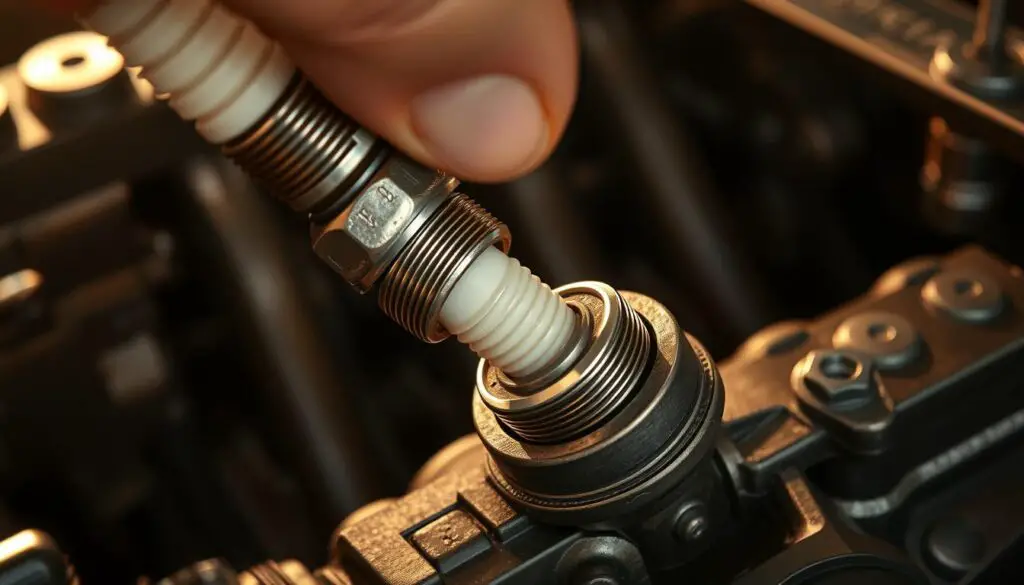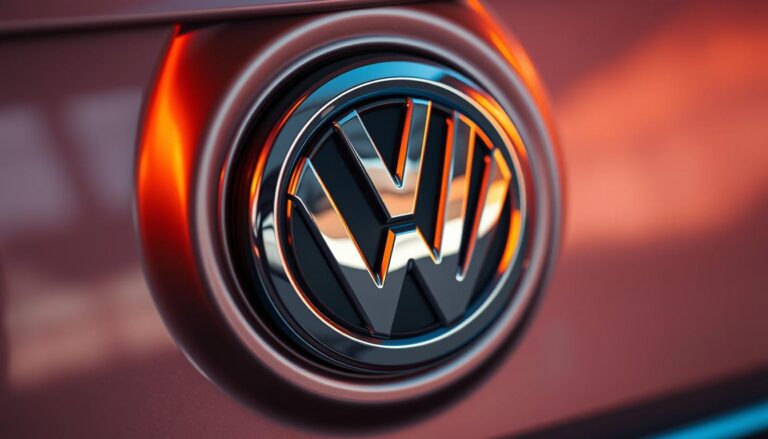Experiencing a cylinder 2 misfire after replacing spark plugs can be frustrating and concerning. This issue indicates a problem with the engine’s combustion process, potentially leading to decreased performance and increased emissions.
A spark plug change is a routine maintenance task intended to keep the engine running smoothly. However, if not done correctly, it can lead to complications such as a misfire. Understanding the causes of engine misfires is crucial to resolving the issue efficiently.
Addressing a cylinder 2 misfire promptly is vital to prevent further engine damage. In this article, we will explore the common causes and potential fixes for this problem, providing you with the knowledge to get your engine running smoothly again.
Key Takeaways
- Common causes of cylinder 2 misfire after spark plug change
- Potential fixes for engine misfire issues
- Importance of addressing misfires promptly
- Steps to diagnose the root cause of the problem
- Preventive measures to avoid future misfires
Understanding Engine Misfires After Spark Plug Changes
Replacing spark plugs is a routine maintenance task, but it can sometimes lead to unexpected engine misfires. Understanding the reasons behind this issue is crucial for maintaining your vehicle’s performance and preventing potential damage.
How Spark Plugs Affect Engine Performance
Spark plugs play a vital role in your engine’s operation, igniting the fuel-air mixture that powers your vehicle. Worn-out or faulty spark plugs can lead to decreased engine performance, reduced fuel efficiency, and increased emissions. When spark plugs are replaced, it’s essential to ensure that the new plugs are properly gapped and torqued to specification to avoid any issues.

Why Cylinder 2 Is Often Problematic
Cylinder 2 is often more prone to misfires due to its location and the engine’s design. Factors such as uneven fuel distribution, faulty ignition coils, or clogged fuel injectors can contribute to misfires in this cylinder. For more detailed information on diagnosing and fixing cylinder-specific misfires, you can refer to resources like this article on cylinder 12 misfire detected causes and fixes.
Recognizing Misfire Symptoms in Your Vehicle
Identifying engine misfire symptoms early on can help prevent further damage to your engine. Common symptoms include a rough idle, decreased power, and an illuminated check engine light. If you notice any of these signs, it’s crucial to diagnose the issue promptly to avoid costly repairs.
Cylinder 2 Misfire After Spark Plug Change: Causes and Fixes
Diagnosing a cylinder 2 misfire after a spark plug change involves understanding the potential misfire causes and fixes. Spark plug change complications can lead to engine misfires, and it’s essential to identify the root cause.
Common causes include incorrect spark plug installation, faulty spark plugs, or issues with the ignition coil. To fix the problem, inspect the spark plug and ignition coil for any damage or wear. Replacing the faulty component can resolve the misfire issue.
Engine repair may be necessary if the misfire is caused by a more significant problem, such as a cracked engine block or damaged cylinder head. In such cases, consulting a professional mechanic is recommended to avoid further damage.
By understanding the causes and implementing the necessary fixes, you can resolve the cylinder 2 misfire and ensure your engine runs smoothly.
FAQ
What are the common causes of cylinder 2 misfire after a spark plug change?
Common causes include faulty spark plugs, incorrect spark plug gap, clogged fuel injectors, or issues with the ignition coil. Additionally, problems with the engine’s compression, such as worn piston rings or damaged cylinder heads, can also contribute to misfires.
How do I diagnose a cylinder 2 misfire after changing spark plugs?
To diagnose the issue, start by checking the spark plug wires and boots for damage or wear. Use a scan tool to monitor the engine’s performance and check for any trouble codes. You can also perform a compression test to identify any issues with the engine’s compression.
Can a bad spark plug cause a misfire in cylinder 2?
Yes, a bad spark plug can cause a misfire in cylinder 2. Spark plugs play a crucial role in igniting the fuel-air mixture in the engine’s cylinders. A faulty spark plug can prevent the mixture from igniting properly, leading to a misfire.
What are the symptoms of a misfire in cylinder 2?
Symptoms of a misfire in cylinder 2 can include a rough engine idle, decreased engine performance, and a decrease in fuel efficiency. You may also notice a vibration or shaking sensation when the engine is running.
How do I fix a cylinder 2 misfire after changing spark plugs?
To fix the issue, identify the underlying cause of the misfire and address it accordingly. This may involve replacing faulty spark plugs, cleaning or replacing clogged fuel injectors, or repairing issues with the ignition coil or engine compression.
Can I drive my vehicle with a cylinder 2 misfire?
It’s not recommended to drive your vehicle with a cylinder 2 misfire for an extended period. Continuing to drive with a misfire can cause further damage to the engine, potentially leading to costly repairs.
How can I prevent cylinder 2 misfires after changing spark plugs?
To prevent misfires, ensure that the spark plugs are installed correctly and that the spark plug gap is set properly. Regular maintenance, such as cleaning or replacing fuel injectors and checking the ignition coil, can also help prevent misfires.


